Samara, Bellydance as a source of happiness
Thanks to Samara, a French professional oriental dancer and teacher, for answering our interview with enthusiasm, sincerity and professionalism.
How did you meet oriental dance?

This is the story of a simple coincidence! A quick recommendation from a friend! I had never seen belly dancing before!
Trained as a gymnast since I was a child, I discovered at the age of 16 during my very first oriental dance lesson a totally original way of initiating movement: a very natural side, rather raw, in mimicry but also flowy, alternating softness and dynamism. I also literally fell in love with this arms and hands gesture of incomparable beauty, these incredible vibrations, these skipping steps and other languorous moves. To sum up, Bellydance represents for me a great diversity combined with a certain singularity!
The years then follow one another with the desire to always go further in this passion. This is when I started to travel to attend oriental dance workshops, then the association Zaïna was founded.
The primary goal of this association was to invite Bellydance teachers to continue our training in the field while benefiting the people of Lille and other practitioners from the north of France. It was also an opportunity to promote this discipline to the public of the region through the organization of Bellydance demonstrations on stage and other dinner shows... This was followed by the very gradual opening of oriental dance classes when the desire to transmit and share was felt.
This was followed by the very gradual opening of oriental dance classes when the desire to transmit and share was felt.
Among the highlights of my career in Bellydance, I underline:
- The Mahmoud Reda-style Egyptian folklore training that I attended with Nesma in the south of France in 2014. It was a real turning point, a world that opened up to me. I learned so many things there and rediscovered the rigor, precision and group dancing of my years in GRS (Rhythmic and Sports Gymnastics).
- My decision in 2019 to leave my permanent job to take the leap and live 100% from oriental dance. This, just before the arrival of the Covid-19 which turned everything upside down… From then on, you really have to be hung up on your desire, stable and determined as an artist to survive such a period. It is also necessary to benefit from loyal and supportive members for whom I am very grateful. Since this decision and despite the pandemic, I cherish to have taken this path every day.
You help create innovation in the field of oriental dance by offering original workshops such as those entitled "Oriental lyrical" and "Glam". Why this openness and diversity? Is it a need or a desire for originality and curiosity on your part or do you feel an expectation of students looking for something new?

This choice is first motivated by my need for renewal because I hate redundancy, in life in general or in art. I need to be constantly stimulated so as not to get bored but also to impose on myself some constraints requiring flexibility and versatility. I also like to listen to the inspirations of the moment, keeping in mind respect for the identity of the dances.
Moreover, from a physical point of view (whether for my students or me), a body that always works/dances in the same way will not develop completely and will be a brake on exploring its full potential or adapt to different styles. Hence the importance of renewing ourselves and opening the field of possibilities...
As for the oriental dance workshop themes that I choose, I therefore seek to differentiate myself because of the richness and multitude of points to work on in dance. I also try to listen to the unspoken students' needs and imagine more complete Bellydance teaching programs, enriched by other notions such as the body preparation, listening to music or more improvisation.
There is so much to explore and pass on, so let's do it!
You recently created a professional Bellydance company. On what criteria do you select students? What are your aspirations and plans for this company?

It is a training company in which I accompany passionate oriental dancers, who want to invest time in their dance in order to carry out collective projects. Therefore it requires a certain long-term commitment.
To join the company, the human criterion is essential but you must also have a taste for effort, a certain technique and curiosity.
This is not a classic Bellydance class where you learn choreographies that are already "ready-to go". Here, the goal is to create together, to challenge each other with respect for others and musicality, while varying the proposals.
Ultimately, the goal is to offer shows allowing an elegant, complete and eclectic discovery of oriental dance while making the public dream and bringing them happiness and joy. It is also about breaking down the barriers, prejudices and persistent clichés about this discipline.
 You also provide training sessions dedicated to young oriental dance teachers. Why this course? What are the topics covered?
You also provide training sessions dedicated to young oriental dance teachers. Why this course? What are the topics covered?
It's a project initiated last year but I couldn't materialize it because the season was so intense. This year, the arrival of a back-to-school assistant and a freed-up slot will allow me to carry it out and I can't wait as it is close to my heart!
The idea is to personally accompany passionate oriental dancers to explore and build their dance and their universe with who they are, in all facets of their personality... Nowadays, we advocate individuality and at the same time we follow the "trends" on the networks so, I offer an immersion with oneself like an introspection. It's exciting, it can be scary, but it's so liberating!
For many years, the oriental dance sector has been fluctuating and constantly evolving (more than 10 years ago in full boom with the "Shakira" effect, then in a phase of decline and stabilization, and finally almost stopped due to Covid). Do you think Bellydance is still interesting? Out of fashion? Rise from the ashes after the pandemic? Remains altered?

Oriental dances have now taken their place in the landscape of dances taught in France. They are less widespread than academic dances, but still arouse curiosity and enthusiasm. The "Shakira effect" has indeed had a real impact in its "democratization" in France and in the rest of the world of course.
From my experience as a Bellydance teacher in the field over the past 10 years, it is in my opinion the notions of commitment, taste for effort and perseverance that have evolved and been altered over time.
There is more "turn-over" in oriental dance as a kind of "zapping". We change disciplines/dances/passions more quickly and more regularly in the face of ever-increasing sources of distraction and entertainment.
 Among the many Bellydance folklores (Saïdi, Melaya, Fellahi, Dabke, Khalegee, Nubien, Hagallah…), which are your 2 favorites and why?
Among the many Bellydance folklores (Saïdi, Melaya, Fellahi, Dabke, Khalegee, Nubien, Hagallah…), which are your 2 favorites and why?
It's really difficult to choose! However, I have a particular appetite for the "Saidi" style which is really part of my dance, where the warrior and playful side is very present, between tradition and modernity. I like the raw and earthy aspect, the rhythm as well as the atmosphere linked to this particular style, it's pure happiness!
At the moment, I also love the dances of the gulf with in particular the Iraqi and Dabke, which unites and federates.
 What's your own definition of oriental dance?
What's your own definition of oriental dance?
In my opinion Bellydance is a "bridge" between stage and social dances.
It has many facets that are sometimes ambivalent but therefore fascinating! It is an art with rounded gestures during which one oscillates between flowy and jerky moves.
Oriental dance creates a strong bond with the audience, it passes on emotion, energy, joy, celebration, and this, through exceptional musical repertoires.
Finally, for the bellydancer, it is a real means of expression, a cocoon, a journey towards oneself!
Discover all the charm and technicality of Samara in this oriental dance video:




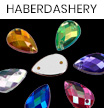




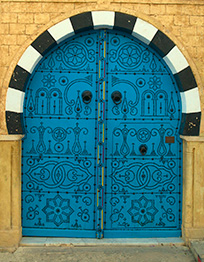

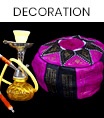



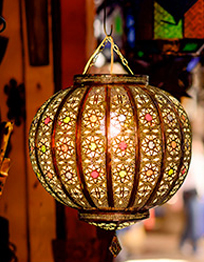


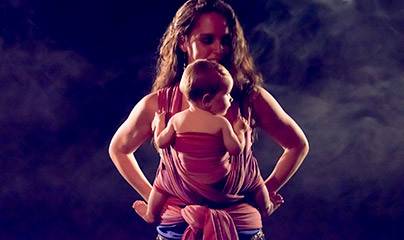
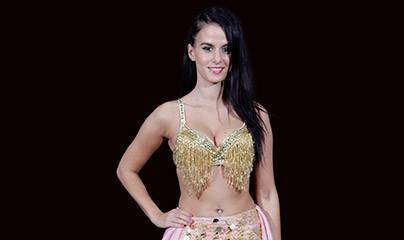

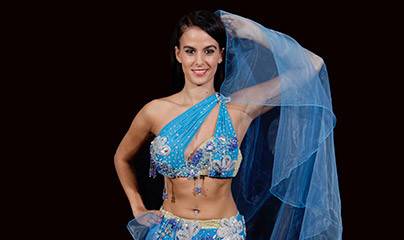

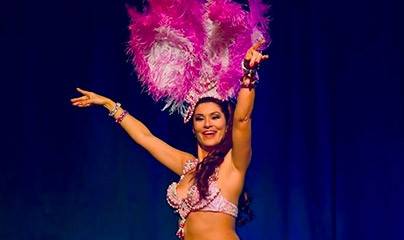
Leave a comment
Login to post comments